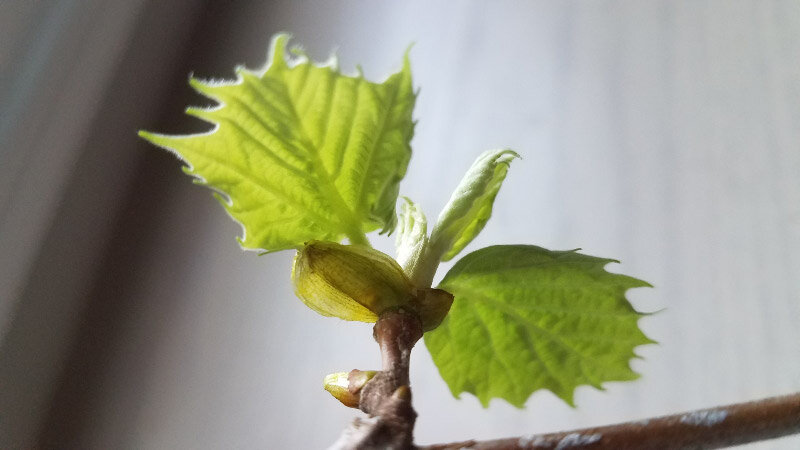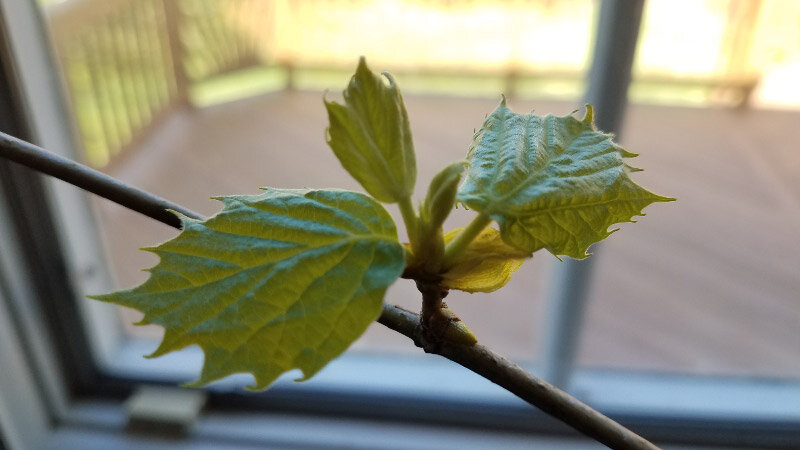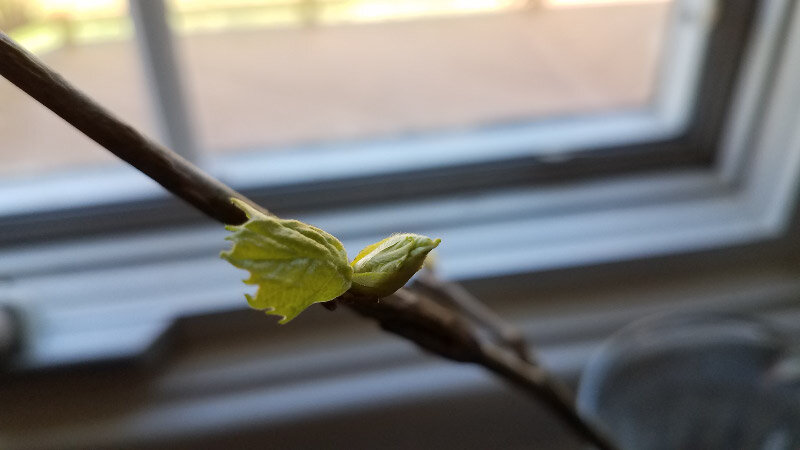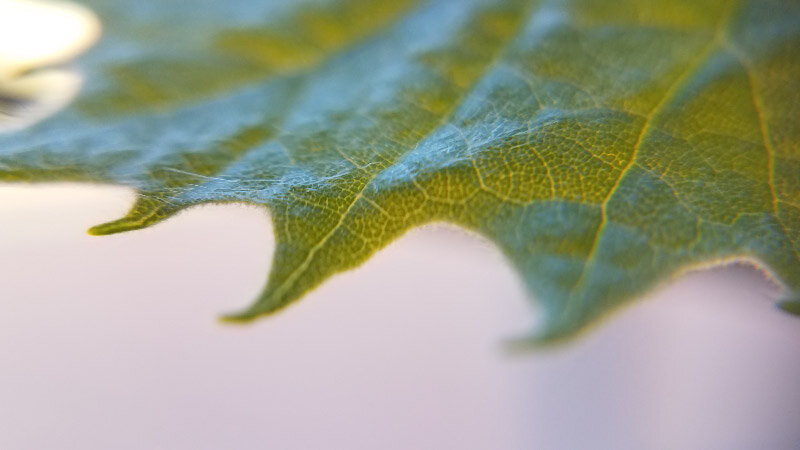Filling a Day of Social Distancing - 5/1/2020 - Gleanings
/Continuing the blog post series prompted by COVID-19….
Here are the unique activities for yesterday:
Downloading Woody Plants of the Northern Forest by Jerry Jenkins. The Northern Forest Atlas organization has 3 digital atlas guides: woody plants, mosses and sedges. They are available as free downloads (PDFs). The images are wonderful…the downside is that the guides are HUGE because of the high quality images. The woody plant guide is 630 MB. Put the download in a place you will remember to retain it as a reference (and avoid downloading it again).
Browsing the books illustrated by Frederick Richardson on Internet Archive. He illustrated books in the early 1900s. The samples below are from Edith Ogden Harrison’s The Enchanted House and Other Fairy Stories.
Walking laps. It’s been very wet here, so I’ve been indoors more. I’ve plotted various circuit paths through my house to get some exercise! I do laps for 5 or so minutes every hour…or that is the general goal.
Receiving a new office chair. My constant bouncing on the Swopper stool at my computer had recently started to bother my back rather than sustaining my back muscles….so I opted to move to a more traditional office chair. We had one that was over 30 years old that I thought might work but the height adjustment no longer functioned. My husband found a new chair from Staples…ordered it…and it came to our front porch within a day or so. It’s now assembled and will be the chair at my computer. The Swopper will still get used daily….but not as heavily as it has for the past 10 years!
Links to my previous “filling a day of social distance” posts here.
And now for the weekly gleaning list….
The items below were ‘the cream’ of the articles and websites I found this past week. Click on the light green text to look at the article.
Deep Sea Squid Communicate with Glowing Skin: NPR – The video is a little over a minute…deep sea footage of Humboldt Squid taken by the Monterey Bay Aquarium Institute off the California coast.
To Cut Carbon Emissions, a Movement Grows to ‘Electrify Everything’ - Yale E360 – All-electric new construction…preparing the way for dramatic reduction of fossil fuel consumption.
Top 25 birds of the week: April 2020 - Wild Bird Revolution and Top 25 birds of the week: Blue Feathers - Wild Bird Revolution – A double dose of bird photographs this week!
Enjoy the Red-Winged Blackbird Show – I saw red-winging blackbirds on one of my walks in the neighborhood – at the storm water retention pond. There was a bit of drama I’ll share in a post next week.
The Hidden History in My Backyard – A history of a Florida backyard/neighborhood. I am content with the idea that my back yard was a forest….and that there is still a swath of forest down to the river.
Skulls from the Yucatan Peninsula a Clue to Early American Settlers | The Scientist Magazine® - Analysis of Quintana Roo skulls from people that lived 13,000-8,000 years ago…found in underwater caves that were above sea level at that time.
Pictures of Redwood National and State Park – Huge trees – always awesome.
Southwest Drought Rivals Those of Centuries Ago, Thanks to Climate Change - The New York Times – The last sentence is the bottom line: ‘We don’t have the whole story on Southwestern hydroclimate nailed down.’ The article talks about the analysis we have now….it probably means that the population growth in the Southwest happened at a time that was unusually wet, and that it won’t be supportable into the future.
Insect wings hold antimicrobial clues for improved medical implants -- ScienceDaily – Beginning to understand how nanopillar structures in cicada and dragonfly weeks kill bacteria on contact.
What chemical analyzes of human bones tell us about kitchen utensils in the Middle Ages - HeritageDaily - Archaeology News – Copper in bones….shows continuous exposure for cooper from AD 800 to AD 1800…consumed in daily diet prepared in copper cookware!
































